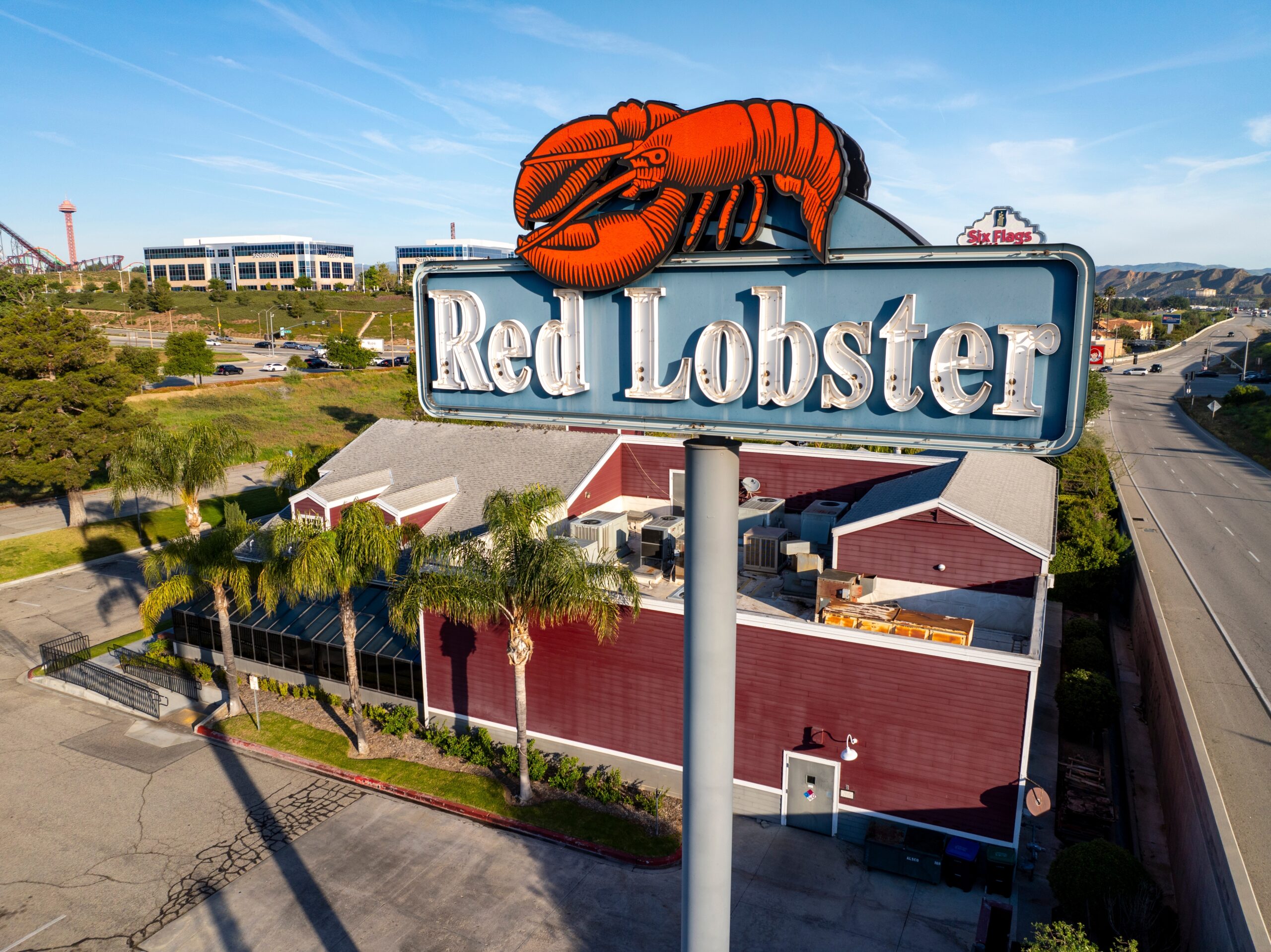
In looking back over my company’s 40+ years in business, I often think about how I accrue the knowledge I’ve managed to amass along the way. Did it come from school? Hardly. In six years of higher learning at state colleges in my home state of Michigan, I did not take a single business course. I despise Excel spreadsheets, and generally avoid business books.
Instead, I find I learn best by observing – and not from listening to some of the great executives I’ve met along the way. I don’t believe most of this learning has come from conversation but from watching people do what they do.
 While there’s always great emphasis on “best practices” – making the right moves that grow businesses – I find I learn even more by observing “worst practices” – the disasters, the debacles, and the challenges that befall companies and the people who run them.
While there’s always great emphasis on “best practices” – making the right moves that grow businesses – I find I learn even more by observing “worst practices” – the disasters, the debacles, and the challenges that befall companies and the people who run them.
I also believe that luck often plays an outsized factor in success, but it is rarely referred to in business books and videos that always attribute success and victories to the brilliance of the person at the top of the heap. While who’s in charge most definitely matters, it often doesn’t reflect current the holistic reasons for business wins.
Conversely, it’s the screwups, miscalculations, hubris, and other errors in judgement that are so common when brands or companies lose their way. As a programmer, I was taught to assess what could possibly go wrong, and then work hard to reverse engineer the potential sinkhole. Anticipating a calamity and ultimately preventing it is an important skill whether you’re looking at a format clock, plotting a contest, or planning a station event.
And so a recent Wall Street Journal podcast about the plight of Red Lobster, that mess of a fast casual restaurant, grabbed my attention. The chain has filed for Chapter 11 Bankruptcy, underscoring the depth of its financial mess. And you won’t be surprised to learn Red Lobster’s rank and file workers and its investors have suffered through five CEOs in just the past three years.

Damola Adamolekun
Number 6 is the subject of the podcast – Damola Adamolekun – who vows to be Red Lobster’s change agent. His goal: stage the “greatest comeback in the history of the restaurant industry.” Or in radio parlance, go “from worst to first,” a feat so rare, most of us cannot recall the last time it happened.
While we all know radio companies that are operationally and financially stressed – some who have filed for bankruptcy relief in the past – Red Lobster’s current state of affairs seems far more dire and unstable. So what can we learn what to do as well as what not to do from this struggling restaurant brand?
Adamolekun has studied Red Lobster’s predicaments, and views his challenge realistically, realizing many strategic mistakes have been made. Looking at the brand’s weaknesses, the way he’s attacking the problem provides great lessons for many radio broadcasters facing some of the same predicaments.
He did his own “research” – And it was more qualitative and experiential. He actually did what I call “eating your own dog food” – in this case, Red Lobster’s seafood menu. Adamolekun started showing up to many of the chain’s restaurants, sometimes eating with groups but at other times, sitting by himself at the bar.
call “eating your own dog food” – in this case, Red Lobster’s seafood menu. Adamolekun started showing up to many of the chain’s restaurants, sometimes eating with groups but at other times, sitting by himself at the bar.
Through these efforts, he paid attention to the lighting, the music, the wait time, how was he greeted by the hostess and how long it took – and of course, there was sampling the food at different Red Lobster restaurants.
While there must have been huge vaults of user data at his disposal, Adamolekun obviously took in a great amount of information during his visit to different restaurants in many markets.
In radio, whether you’re the PD or the owner, it’s an important step to do the same thing, especially if you’re new to the market or the company. Listening across platforms helps fill in many of the blanks, but even anonymously walking into a station (if you can do that) or calling the main number on the phone, dialing the air studio, leaving an inquiry email on the website – these are all simple ways to gauge the health, attentiveness, and efficiency of the operation.
As companies scale back staffs and in the process, the basic operating fundamentals, is the place effectively functioning? Is it doing the simple but essential things stations – or better put, businesses – need to do in order to remain viable and whole?
“Free” can work, but only to a point – Previous strategic meetings at Red Lobster led to the innovation called “Endless Shrimp.” For $20, customers could literally eat as much shrimp (in different varieties) as they liked.
As a promotion, it worked famously – too famously. Diners came in droves, and many walked out with “doggie bags” or even Tupperware containers full of “endless” shrimp. During one three-month period, it was estimated Red Lobster lost $11 million on the promotion.
On top of that, Adamolekun contends a perception formed that Red Lobster doesn’t offer a quality product. After all, if they’re giving it away for free…
product. After all, if they’re giving it away for free…
With its own inventory, many radio stations have undervalued their own precious inventory of ads, sponsorships, and live reads with free ads, “one-day sales,” added value extras, remotes, and other freebies that only serve to undercut the quality of its product.
Yes, it is hard to maintain a degree of rate integrity when the guys across the street are constantly “dropping trou” on their rate cards. But as an industry, spot rates today are (generally) no better than they were during the Carter administration – to radio’s “endless” detriment.
Tech? Schmeck? – Operationally, Red Lobster failed to invest in the product, specifically the restaurant and its systems. In order to keep up – much less to grow – the technology perhaps doesn’t need to be cutting edge, but it does need to meet basic industry standards.
In Red Lobster’s case, this meant the servers working without those handheld credit card processors so customers could pay while at their tables. Or systems that quote accurate wait times during high-volume hours. These start out as small “live withouts,” but in aggregate, they slow down operations and make them less efficient.
“Systems underinvestment” is the term Adamolekun uses as an umbrella reason Red Lobster consistently came up short in its efforts to remain competitive in a business sector loaded with options for the consumer. There’s no reason to make a second visit to any restaurant that provided a mediocre experience the first time around.
In the radio business, technology in the air studio and in remote settings, in the sales department (lead generation, content marketing), in streaming technology and mobile apps, and throughout the building is an even more important component in today’s operations. The arrival and maturation of AI is yet another area where broadcasters need to commit to development and training.
Of course, I would also advocate for the larger commitment to attend events like CES and sign up for webinars throughout the year that support “lifelong learning” so stations and their companies don’t miss a beat. Training sessions, convention attendance, and meetings and seminars are all part of the process, too. Yet, so few broadcasters are still doing the bare minimum.
Where is everybody? – In the case of Red Lobster, it was clear to Adamolekun from the jump that many Red Lobster restaurants had ridded themselves of too many people to be effective and efficient operationally. Sometimes, this meant no host or hostess to greet customers or even a designated bartender to make drinks. Overall, too many restaurants were understaffed.
These staff shortcomings create an “in-virtuous cycle” of systems worsening, causing sales to drop, leading to even more staff cutbacks and RIFs. After all, the fewer customers, the fewer people needed to staff the place.
Radio stations have been flirting with “over-cutting” for several years. And in the process, decisions that calculate how many people it actually requires to run a station keep spiraling down. Many companies are running “ghost stations” where skeleton crews are trying to hold things together.
But how long before wearing all those “hats” causes the inevitable burnout among the “lucky few” still left running the place. And what about the “talent pool” – better put, “puddle” – of people willing to move to a market and take on a futile if not impossible task?
willing to move to a market and take on a futile if not impossible task?
For Adamolekun, this dire set of circumstances translates into investing in people – more staff, competitive pay, and adequate training. Ultimately, all these necessary restorative steps will cost more money in 2025 than they should. But that’s the collateral damage that long term shoestring operating will inflict on sales, top-of-mind awareness, product quality, and of course, the devastating brand erosion Red Lobster is facing.
It will also take time to fix it. The new CEO figures most of 2025 will be filled with reinvestment, training, and the other fundamental steps that have been skipped over during the last many years. Red Lobster didn’t get broken overnight, so repairing the place will require another investment…in time.
K.I.S.S. – Adamolekun says Red Lobster’s new ownership will invest north of $60 million in improving operations, much of this money going to people-related expenses, including hiring a depleted executive team.
This infusion of capital is also designed to getting a handle on high staff turnover that’s led to Red Lobster’s ongoing instability. Part of that is tidying up operations, right down to new carpeting and replacing broken HVAC units.
Making Red Lobster – or radio – an attractive place to work also makes the brand more competitive with the hundreds of other restaurants in communities looking to hire quality staff as well.
In radio, we feel this pain. A survey Jacobs Media conducted for the Michigan Association of Broadcasters a few years back revealed recruiting and retention were two of the biggest issues impacting radio and TV operations. I suspect in many locales and regions, it’s not that different today.
For Adamolekun, part of the solution is to simplify – that means many fewer items on the menu which relieves pressure on Red Lobster’s kitchens. They’ve also sold or shuttered somewhere in the neighborhood of 100 restaurants, making it more manageable to operate the 550 or so of those remaining.
relieves pressure on Red Lobster’s kitchens. They’ve also sold or shuttered somewhere in the neighborhood of 100 restaurants, making it more manageable to operate the 550 or so of those remaining.
In radio terms, this might translate to selling some properties in a company’s portfolio in order to better operate those that are retained. On the air, it may mean fewer specials, features, and other interruptions that bollox the overall flow. Or fewer podcasts and other digital content going unsold to begin with. And for the sales cubicles, taking some unpopular items off the “menu,” focusing the sellers on marketing fewer assets, but doing a better job on the ones in the spotlight.
When I began to map out this post, I questioned the validity of radio broadcasters picking up a tip of two from an also-ran outfit like Red Lobster. For all the reasons mentioned above, the chain has certainly not been in the upper echelons of the fast quality category.
But Red Lobster’s troubles and operating problems in a highly competitive arena serve as good examples for a radio broadcasting industry fighting for respect in a world enamored with digital media.
From problems with technology, strategic value, staff, just good decision-making, the Red Lobster analogy holds up pretty well as examples of what not to do – in other words, “worst practices.”
It’s always helpful to learn from someone else’s mistakes.
Particularly at their expense.
Pass the cocktail sauce, please.
Special thanks to Chris Brunt for doing a lot of the spade work.
And to Paul Wells, just because. – FJ
Originally published by Jacobs Media








